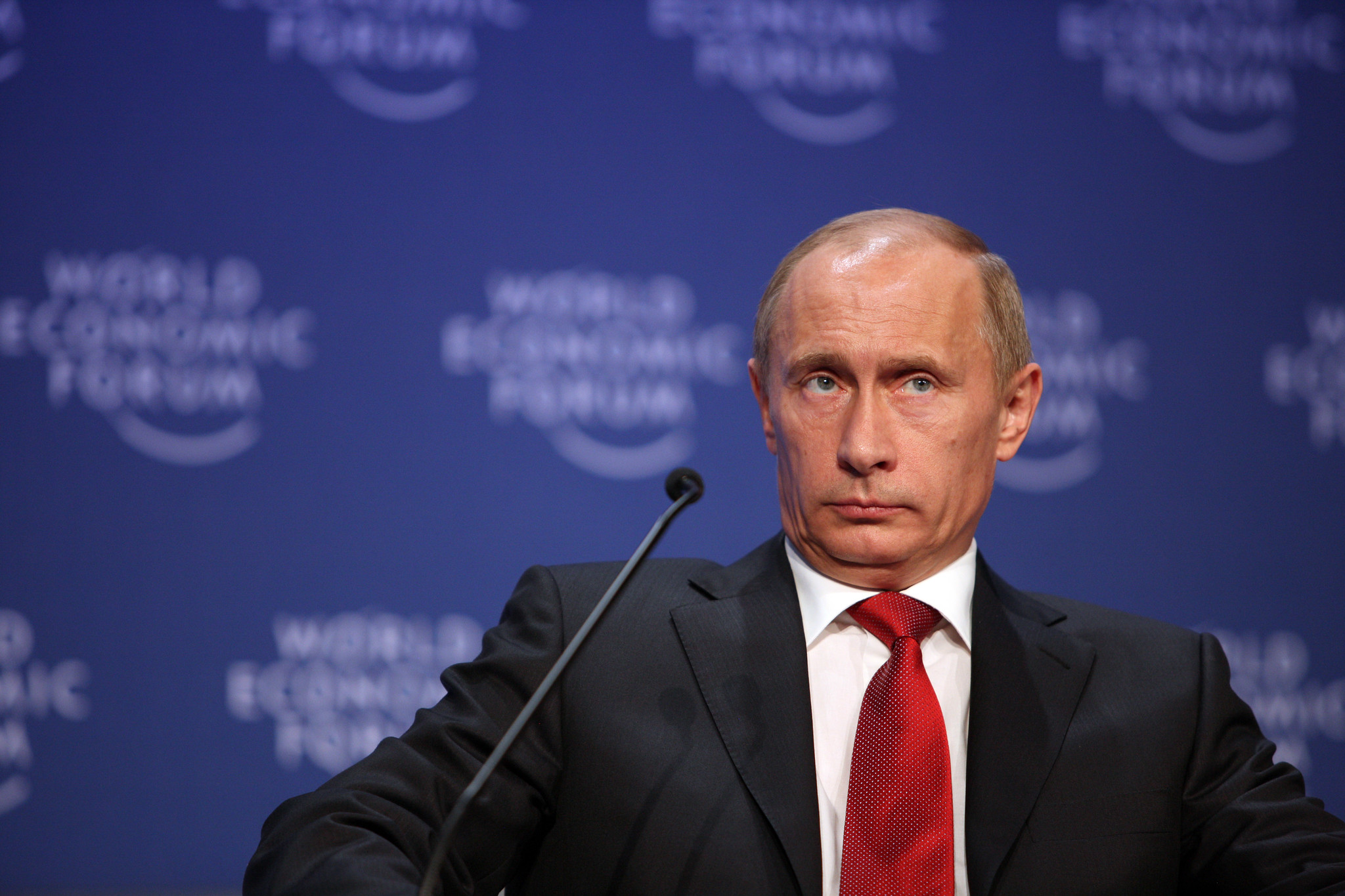The red lights are going off in the Kremlin. Once supported by military orders, Russia’s economic growth is now slowing down and seems set to reach zero. Consumer prices, meanwhile, continue to rise. Fears of inflation are keeping interest rates above 20%, a level that is obviously detrimental to investment, but that is not the most serious problem for Vladimir Putin.
Despite the appeal of the contracts it offers, the army is now struggling with recruitment. Even in the poorest regions of the Federation, even in this seemingly inexhaustible pool of recruits, bonuses can no longer hide the fact that there are far more deaths in combat than returning veterans, and then there is the front line, which is not moving.
The maps tell the whole story. It will soon be four years since Russian troops entered Ukraine, but between the front line and the regions that Vladimir Putin had already taken control of before 2022 under the guise of pro-Russian separatist movements, the difference is only a red line, no thicker than the pencil that drew it.
The Kremlin’s troops are no longer retreating, but they are not advancing either. Russia has not been able to make a single territorial breakthrough despite its advantage in weapons and manpower. Its ships have had to take refuge in their home ports because they are unable to cope with the Ukrainian navy’s drones.
Far from the lightning offensive he had planned, Vladimir Putin has had to resign himself to a war of position with no end in sight, as the minefields now separating the combatants are as wide as they are impassable. His army has been reduced to bombing residential areas in an attempt to divide the Ukrainians by breaking their morale, but for him, the worst is yet to come.
Here is a Russian leader who had the incredible good fortune to have the President of the United States as a political friend and, better still, someone who was obligated to him. Not only did Donald Trump have no reason to forget that Vladimir Putin had ardently desired and facilitated his first election, but he also admired his rejection of democracy. Moreover, the two men shared the same desire to weaken the European Union, which one considered an economic rival to be defeated and the other a common obstacle to the reconstitution of the Tsarist Empire.
Everything united them so well that, over the heads of the Europeans and, of course, the Ukrainians, Donald Trump had proposed to his friend Vladimir a peace plan that would have allowed him to save face, rebuild his forces and launch a new assault on Ukraine and its neighbours in five or six years’ time.
It was an unexpected gift, with no strings attached and incredibly advantageous, as the American president hoped that it would detach Russia from China and thus tip the scales on America’s side in its power struggle with Beijing.
Anyone other than Vladimir Putin would have accepted, but he preferred to refuse because he is convinced that Westerners are nothing but decadent wimps whom he can make short work of. The Europeans are nothing, he thinks. As for Trump, he said to himself, “I can win him over in an hour with flattery”, but Donald Trump now feels humiliated by the Kremlin, and the Europeans have continued to strengthen and internationalise their support for Ukraine.
Vladimir Putin will most likely try to patch things up with his friend Donald. It is not even impossible that he will succeed for a while, but the Europeans, albeit too slowly but surely, are asserting themselves as a political and military power, and for the time being, the United States has sanctioned the two largest Russian oil companies.
The rouble and the Moscow Stock Exchange have taken a hit, and for a man whose economy and armies were already faltering, this was one mistake too many – avoidable, costly and as damaging to Russia as it is to himself. His downfall is not imminent, but if I were in his shoes, I would be worried.
Photo by Remy Steinegger ©World Economic Forum




